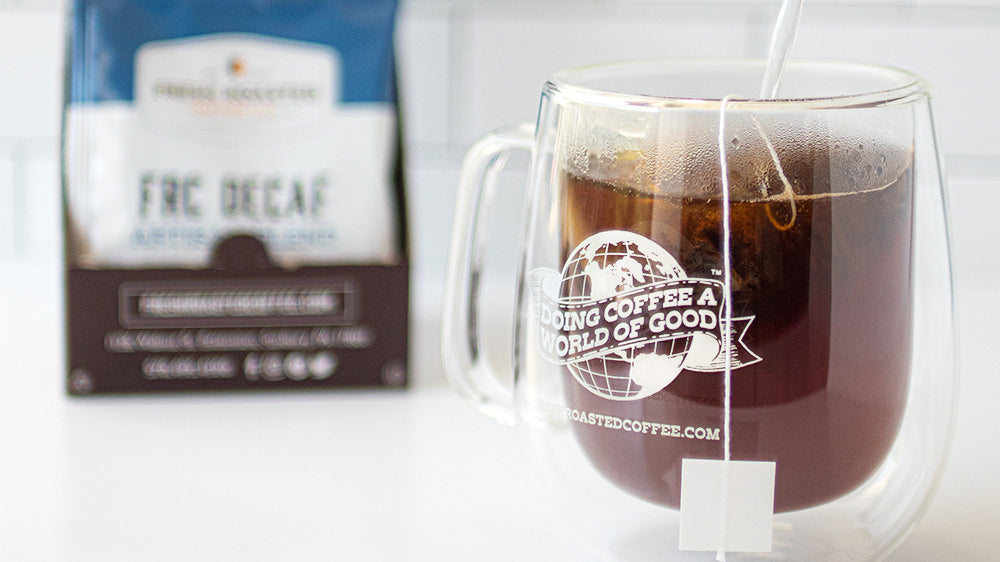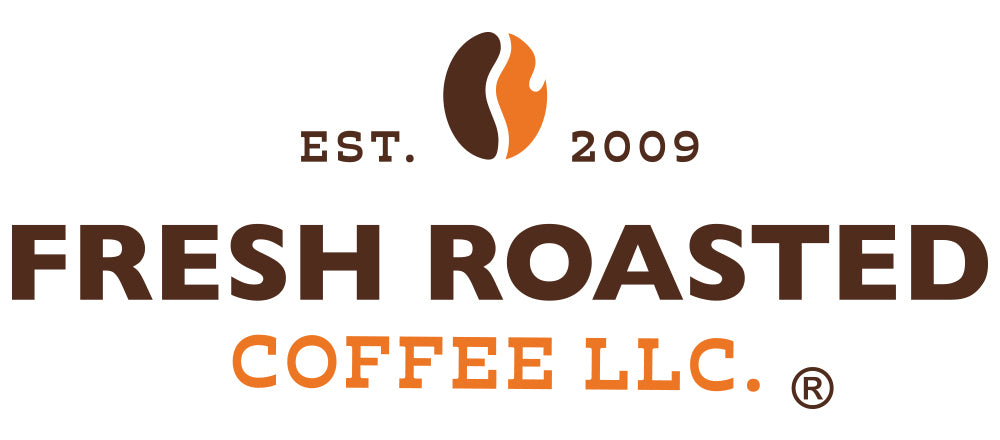What Is Decaf Coffee?

Decaffeinated coffee (commonly known as decaf) is coffee that has had most of its caffeine removed, up to 99.9%, in some cases. How that caffeine is removed, however, varies, so let's get into it.
The Earliest Decaffeination Methods
You would think that when Ludwig Roselius was inventing the very first decaffeination process in the early 1900s, he would've taken the simplest route and used water to strip the caffeine. After all, water and coffee go way back. Rumor has it they're still a big part of each other's lives. But no, Roselius used toxic benzene, which did remove the caffeine but also poisoned a whole bunch of people. The turn of the 20th century was not the best time for decaf, further demonstrated by the use of chloroform and acetone later on. The principle of Occam's Razor had existed for about 600 years at this point. Did the OG decaffeinators know this? Maybe.
How Is Coffee Decaffeinated Today?
Thankfully, the days of decaffeinating with straight-up poison are over. Nowadays, the main methods of decaffeination are Direct Solvent using methylene chloride or ethyl acetate, carbon dioxide, Swiss Water and Royal Water, and mountain water. All are viable, but some are preferable to others.
Methylene Chloride / Ethyl Acetate Method
Known simply as the Direct Solvent Method, this process uses either methylene chloride or ethyl acetate to remove caffeine. In your parents' day, it was just called “decaf.” It wouldn't be until 1980 that the zero-chemical Swiss Water Process went commercial. Still, those early days of water process coffee were rough, so the chance of your parents getting it is slim. The FDA limits the use of methylene chloride (aka dichloromethane) to 0.001% in roasted coffee. Greater concentrations have been linked to increased risk of several cancers, specifically in occupational settings. It's safe to drink, but there is concern surrounding it.
Alcohol derived from fruit and/or sugarcane forms the base of ethyl acetate (EA) decaffeination, which is why the process is often called “natural decaffeination.” After being steamed to open the coffee's pores, just like with the methylene chloride process, the green beans are submerged in a solution of water and ethyl acetate. The EA bonds to the caffeine molecules and removes them over the course of eight hours. The solution is recycled periodically to ensure the coffee batch is evenly decaffeinated. While this form of Direct Solvent decaffeination sounds peachy—because it uses fruit sugars—EA can affect the flavor of the coffee in the cup, imparting upon it a mild fruity taste. Better than benzene, right?
Carbon Dioxide Method
Because it's naturally occurring and nearly infinitely recyclable, carbon dioxide (CO2) makes for an effective, chemical-free decaffeinator. Green coffee is submerged in highly compressed CO2—aka liquid carbon dioxide. The caffeine that's pulled out is skimmed from the CO2 via activated carbon filters. The coffee is cycled through until 98% of the caffeine has been removed.
Swiss Water Process
The champagne of decafs, Swiss Water Process coffee tastes as rich and flavorful as its fully caffeinated counterpart, and it doesn't employ any chemicals to do so. Using only pure water and their proprietary Green Coffee Extract (GCE), the Swiss Water Process the first of its kind in the decaf world. Not only is the coffee tasty, but the process is also self-sustaining and creates virtually no remaining byproducts. After cleaning, the green coffee is pre-soaked in water to open it up. From there, the beans meet the GCE, which is a solution of pure water and the flavor compounds of previously decaffeinated coffee. The still-caffeinated green beans and the GCE create a imbalance, causing the beans to gradually shed their caffeine. When the coffee has less than 0.1% caffeine left to its name, it's dried, bagged, and shipped. In preparation for the next batch, the GCE has its caffeine skimmed out via carbon filters and burned away.
In a similar vein, you have Royal Water Process. This method also employs pure water and a proprietary solution of green coffee solubles that not only gently remove the caffeine but maintains the coffee's flavor profile. Once the caffeine content has been sufficiently reduced, the coffee is dried, bagged, and shipped out for roasting. The remaining solution is then recycled and used again and again. Select Water Decaf is another water decaffeination method to look out for. Regardless of the name, you can be sure you're getting delicious, caffeine-free coffee.
Mountain Water Process
Last on our list is the Mountain Water Process, which, just like Swiss Water, uses pure water to gently remove caffeine. Nothing says sterling serenity quite like a scenic mountain range, and that's exactly what Mountain Water Processed coffee embodies. Green coffee is soaked in the waters of Pico de Orizaba, an inactive stratovolcano that towers over all other landmasses in Mexico and all but two in North America. The crystal-clear waters remove 99% of the caffeine and nothing else—all the flavor, body, and origin notes are left perfectly intact. Unlike the methods preceding it, Mountain Water only uses water to decaffeinate coffee, making it the most natural process out there.
The cool thing about decaf is that each step forward is a giant step, regardless of the timeframe. Ethyl acetate came about in 1910, barely a decade after methylene chloride, which succeeded benzene (thankfully), beginning the transition to a more natural decaf. 13 years later, the first iteration of the Swiss Water Process was developed, followed by its perfection 77 years later. That only brings us up to 2007. Enter Mountain Water and other methods that probably exist that we didn't touch on. Whether it's a span of 10 years or 90, the strides made in decaffeinating coffee are incredible, and they can only get more so from here.

Leave a comment